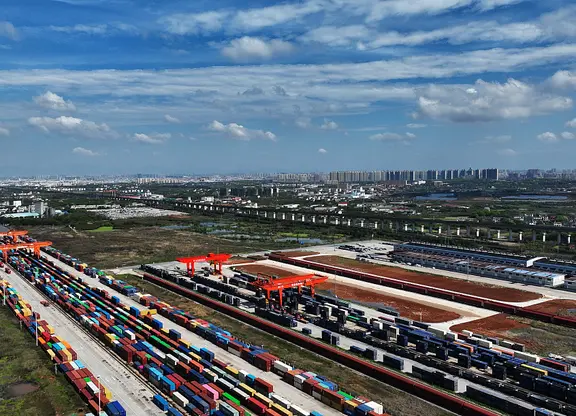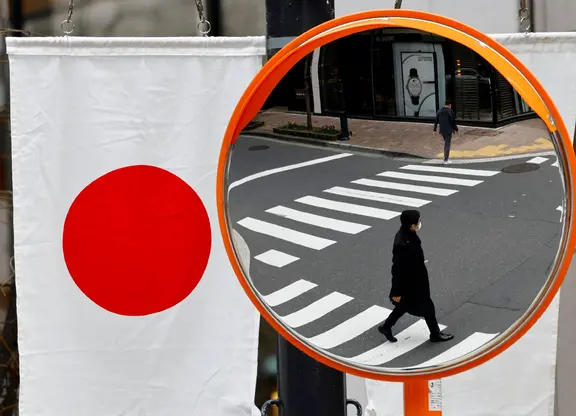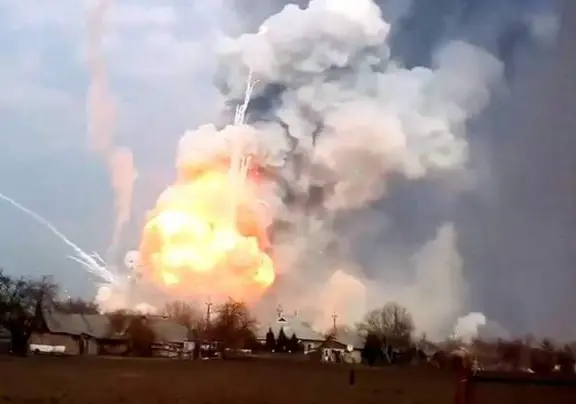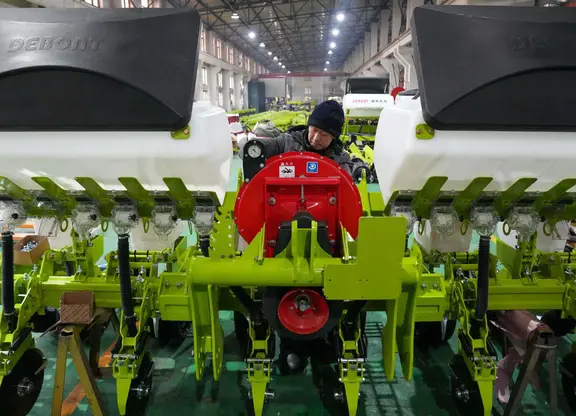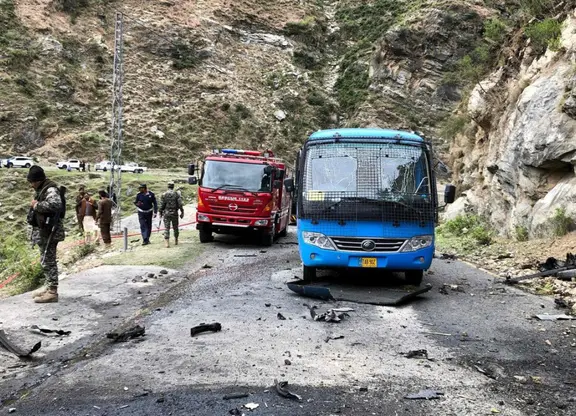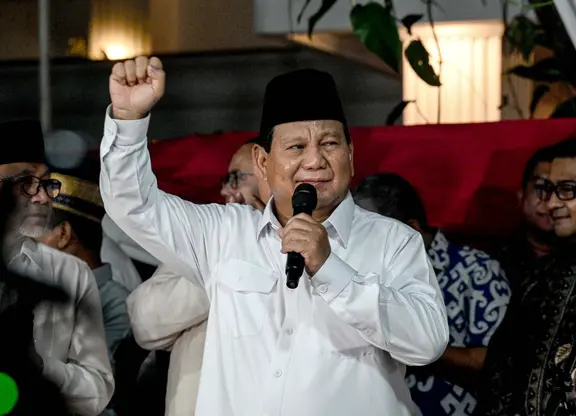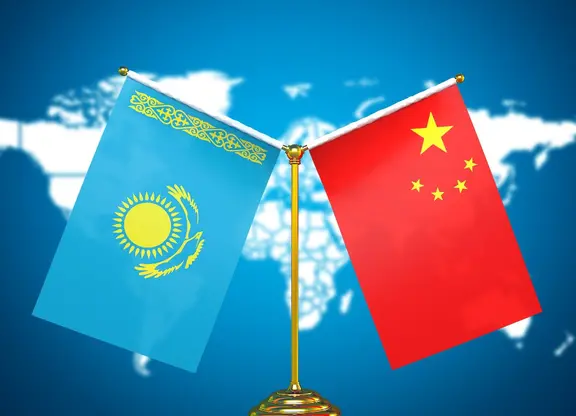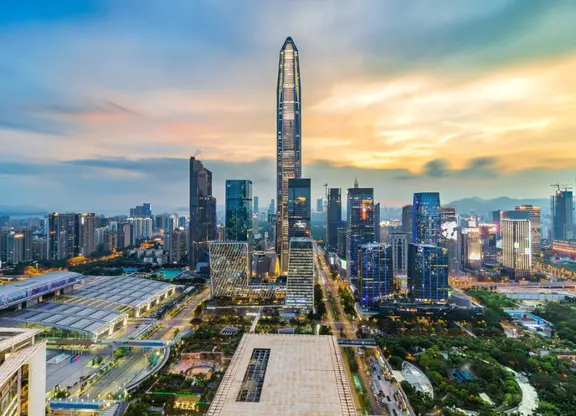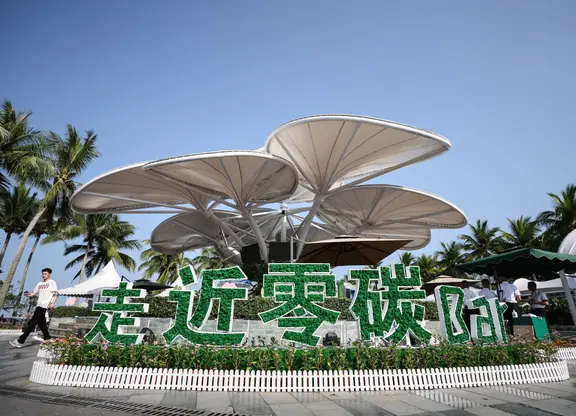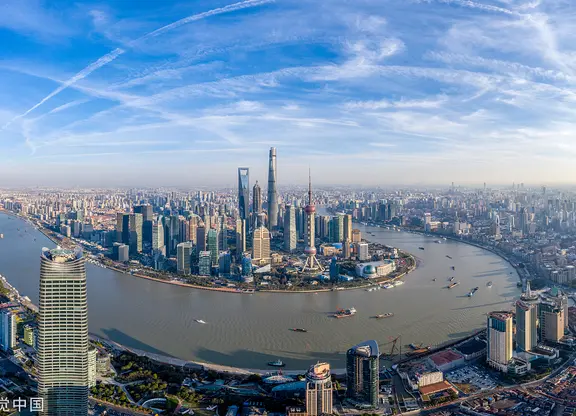As Iran was reeling under a series of protests last month, many analysts began comparing the situation with the so-called Arab Spring uprisings that started seven years ago in December 2011.
While the US and Western media saw the sporadic protests in several Iranian towns, reportedly sparked by growing anger against the government’s economic policies, as a call for regime change, the Iranian government openly accused the US of sponsoring and organizing the unrest.
The protests gradually fizzled out, and even got replaced by massive pro-government rallies, after a couple of weeks leaving observers to compare the demonstrations in Iran with other uprisings in the Middle East and analyze why all such revolts do not necessary lead to a transition of power.
People take part in pro-government rallies in Iran, on January 3, 2018.
"There is a very poor analysis in the Western countries by a certain minority that is viscerally hostile to Iran which believes that every demonstration is an attack on the [1979 Islamic] revolution and on the system. This is wrong. I do not believe that the present demonstrations are questioning the fundamental of the revolutions," former Indian diplomat Talmiz Ahmad, an expert on the Middle East, told CGTN Digital.
"As of now, I do not believe that these protests are likely to have either any domestic impact or any serious regional impact," he added.
According to a report in VOA News, the Iranian government took cues from the Arab uprising of 2011 in responding to the worst anti-government protests in the country since 2009. The report said that Iran deployed police in a relatively small number and refrained from using deadly force, leading the protests to die down.
Assessing political change
"This outcome [in Iran] is largely in line with what should have been expected based on what happened in the Arab world," Marc Lynch, a nonresident senior fellow in Carnegie’s Middle East Program, wrote in his latest piece titled "Revolt Does Not Always Mean a Revolutionary Road".
Anti-government protesters carry a poster of ousted Egyptian President Hosni Mubarak inside Tahrir Square in Cairo, Egypt, on February 10, 2011.
"Prior to the Tunisian and Egyptian uprisings, analysts and scholars tended to under-predict revolutionary upheaval based on the long experience of authoritarian stability and regime resilience. After the shocking overthrow of Tunisian President Zine el Abidine ben Ali and Egyptian President Hosni Mubarak, many analysts went too far in correcting this by over-predicting revolutionary change, and allowed analysis to become clouded by emotional investment in particular actors," Lynch argued.
"But not a single Arab country replicated the Tunisian and Egyptian model of peaceful removal of the president through popular mobilization. It should be no surprise, then, that Iran also did not," he added.
Lynch, however, felt that the bar of regime overthrow is too high when it comes to assessing political change. "The Arab uprisings generated a tremendous amount of change in political institutions, identities, and ideas, even where regimes survived. This, not regime overthrow, is where to look in assessing the significance of the Iran protests," he said.
The analyst from Carnegie Middle East emphasized that Iran probably looks today more like Tunisia in January 2018 than Tunisia in January 2011. "Tunisia is experiencing intense protests because of economic grievances and frustration over political stagnation and failed promises," he said.
The Tunisian protests feature some social movements which have evolved over the last six years, but also many alienated and angry youths in peripheral areas who have lost faith in the system. While they may not overthrow the Tunisian regime, they challenge the core of its claim to legitimacy and structure the environment for all political actors. And, because of the 2011 experience, all actors must take the possibility of revolutionary escalation seriously, Lynch added.
US, Gulf looking to intervene?
Drawing a parallel between US President Donald Trump’s tweet in support of the demonstrations in Iran and external support to the Arab uprisings in 2011, the analyst speculated that this may be a precursor to US and its Gulf allies finding out ways of direct or indirect interventions within Iran.
People demonstrate in Los Angeles, California, US, in support of anti-government protesters in Iran, on January 3, 2018.
"The experience of the Arab uprisings suggests that external actors may attempt to do more than offer rhetorical support to the protests. Direct and indirect interventions by regional actors were a decisive feature in shaping the trajectory of those uprisings. Political interventions by Qatar, Saudi Arabia, and the United Arab Emirates contributed to the polarization and political failures in Tunisia and Egypt. Military support for proxies, as well as direct military intervention, decisively shaped the tragic course of events in Libya and Syria," Lynch elaborated.
"It is not beyond the realm of the conceivable that Washington or Gulf regimes might explore the idea of providing arms and material support to Iranian opposition movements. The lessons of Libya and Syria suggest that efforts to stand up a proxy insurgency would be disastrous, but others have learned different lessons," he said.
Iran not new to protests
Protests are not new to Iran. The Islamic Revolution in 1979 resulted in overthrowing the 2,500-year rule of the Pahlavi dynasty. Prior to the recent demonstrations, the aftermath of the disputed 2009 presidential election witnessed massive protests, but mostly in and around Tehran.
Iranians take part in a ceremony marking the anniversary of Iran's 1979 Islamic Revolution, in Tehran, Iran, on February 10, 2017.
Some analysts still believe that Iran is not only witnessing a continuation of the Arab Spring protests but in fact is the place from where those uprisings may trace their roots to.
"The Arab Spring began in Iran as early as 2009… The presidential elections in June, which produced controversial results because of the concern of widespread corruption, birthed the Green Movement, a new opposition to the regime," Ohad Shpak, a former official of Israeli intelligence and foreign ministry, wrote in a piece for The Hill.
"In an almost unprecedented wave of protests in Iran, millions of civilians took to the streets. The protests were repressed heavy-handedly and uncompromisingly by the regime, with an unknown number of protesters killed and the arrest of opposition leaders who are in prison to this day," he added.
However, as many experts believe, not all protests are about regime change. Iran's Revolutionary Guards, meanwhile, have declared the "end of the sedition" and said that quiet has returned to the country.
(CGTN)
 简体中文
简体中文





